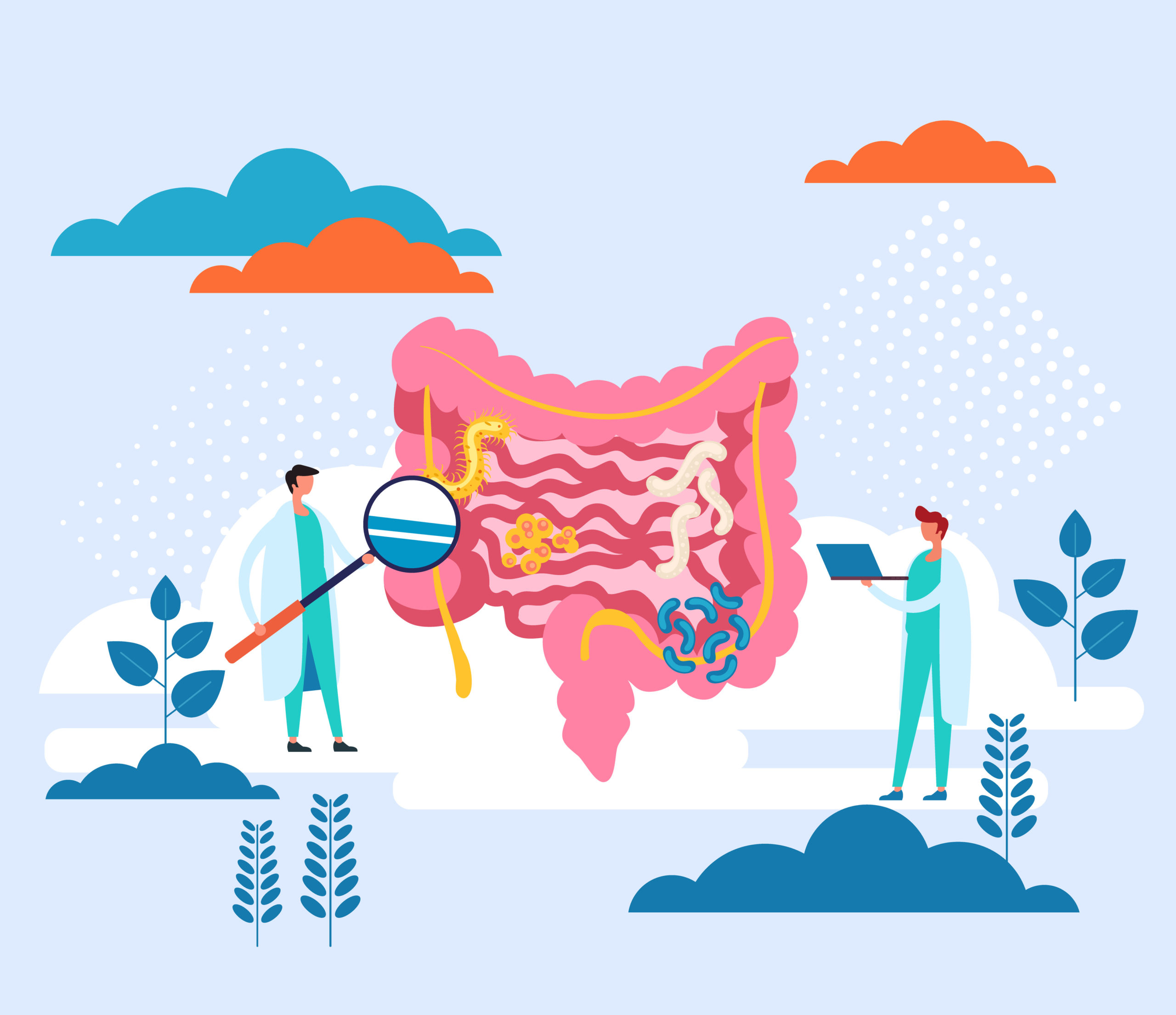My first book launched January 7, 2020 so I’ve been educating patients and the public about how my Holistic Keto for Gut Health is different from the typical keto diet. Check out this blog, for more information.
I’d like to give you my top tips for transitioning to a Holistic Keto for Gut Health program so you can experience optimal results with ease.
If you’re eating carbohydrates like grains, pasta, bread, legumes/beans, potatoes (even sweet potatoes), cassava, high sugar veggies like beets, and high sugar fruits like bananas, pineapple and mango; then you’re getting your energy from glucose, a quick and unsustainable source. This form of energy is short-lived and it’s not optimal for vibrant health because you can’t store very much of it. This means you have to keep fueling yourself, which means your blood sugar is likely unstable. If you have ever been “hangry” (hungry leading to crabbiness-anger), or have foggy thinking or weakness from low blood sugar; then you understand what I’m talking about. It’s much more efficient to get your energy from fats (ketone bodies), which is long lasting, with large quantities easily stored, so you never get low or high blood sugar.
You may already be on a typical keto diet and looking for an upgrade to support better gut health, especially if you’ve had an autoimmune disease, gas and bloating, gallbladder issues, acid reflux, acne, diarrhea or constipation, irritable bowel disease (IBD), hair loss, allergies (environmental or food), headaches, joint inflammation, obesity, fatigue, brain fog and memory issues. Many people doing a standard keto diet do feel better and release weight. However, they often are eating foods that cause inflammation that may go undetected until a new health crisis arises, even months or years later. I’d like to help you avoid this. A few tweaks will get you on your way.
Top Tips:
- Gradually decrease your carbohydrate consumption to 30 g of carbs a day or less. If your goal is to release weight then you may need to be under 20g of carbs each day.
- Don’t cut calories. If you restrict your calories too much, you may not release weight. There is no need to feel hungry and starve yourself. A 2000 calorie diet is often about right. You may have days where you’re lower and days where you’re a little higher. This is ok. If you’re cutting calories without doing appropriate intermittent fasting, then you may cause your body to go into starvation mode.
- When you have a craving for sugar or carbs, reach for healthy fats like coconut butter, an avocado, protein, or my flourless avocado brownie recipe.
- Drink more spring water. Ketogenic diets are diuretic in nature and can help you release excess water so drinking more is important to keep your body functioning properly.
- Take electrolytes to avoid imbalances, leg cramps, headaches, and other symptoms of the keto flu.
- Put high quality sea salt on your food to help keep your electrolytes more balanced. If you ever feel sick doing keto it may be your electrolytes are off. Adding salt right away, even to water or on your tongue can help.
- Include healthy fats while omitting the bad ones. Partially hydrogenated fats are unhealthy, such as corn, soy, grapeseed, and canola oil. When cooking, reach for healthy fats such as avocado oil, ghee, coconut oil (refined has no flavor), duck fat, or rapeseed oil. Do not cook with olive oil, it’s not meant for high temperatures and cooking it makes it unhealthy for you. Instead, use olive oil drizzled over your food after it’s been cooked.
- Remember to eat your veggies. Leafy greens are a great source of micronutrients. Add a new green or two every week and rotate them. Try kale, collard greens, mustard greens, arugula (roquette), butter lettuce, spinach, red lettuce, chard, Brussel sprouts, broccoli, cauliflower, basil, cilantro, dandelion greens, and microgreens.
- Avoid dairy as it causes lots of inflammation and immune dysfunction. Change to alternative sources for milk products such as full fat coconut milk or almond milk.
- Eventually begin to wean off nuts for 2-4 months during gut repair. Then you can re-introduce them. Best to soak and sprout them, or at least soak and dehydrate them to aid in your ability to better digest them.
- Consider intermittent fasting.
- Consider exploring fun movement practices. Working out can be fun! Get your heartrate up there with cycling, swimming, ecstatic dance, running, or even sex!
- Begin to notice your habits around food. What are your thoughts about food? Do you use food for comfort? Do you have body image issues, like avoiding mirrors or cringing and shaming yourself for looking a certain way? How do you use food in your life? Heightening your awareness in this area has long lasting, positive consequences for your future health. When you discover old patterns, often from your past and used as protection, you can more easily harmonize them and introduce healthy habits, releasing the old ones.
I hope these top tips help you on your journey to vibrant health. My book has much more information, if you desire going deeper. Here’s to getting started toward a healthier and happier you.
Blessings of Vibrant Health,
Kristin Grayce LAc, MAc, CFMP(R), CST-T, CLP
Health and Lifestyle Alchemist


